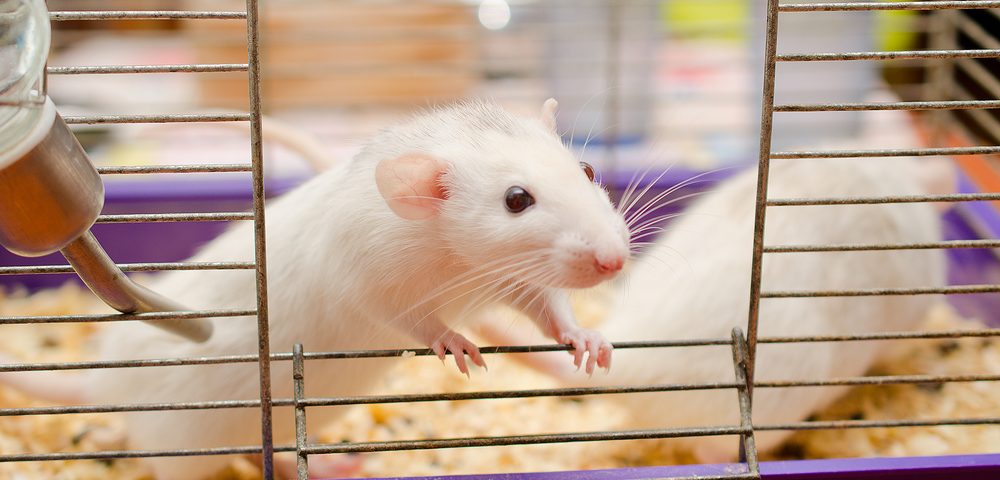Benign prostatic hyperplasia (BPH), the non-malignant enlargement of the prostate, affects many older men, and it is associated with decreased quality of life and onset of lower urinary tract symptoms (LUTS). But the process that leads to BPH is still not fully understood.
Researchers at Baylor College of Medicine in Texas have suggested a mechanism that may not only explain the development of BPH but may also lead to an improved response in patients’ androgen-targeting therapies.
The research paper, “Non-Cell-Autonomous Regulation of Prostate Epithelial Homeostasis by Androgen Receptor,” was published in Molecular Cell.
Baylor researchers began by studying the role of the androgen (male hormone) receptor in the maintenance of prostate epithelial cell function and how these cells function in general. Such studies were carried out by the deletion of these receptors in the epithelial cells, which need the receptors to sense and respond to androgens, the hormones that affect the development of the male reproductive system.
Other research groups had developed similar studies, but the research team was not convinced by the results. Senior author Dr. Li Xin explained the two main limitations in a press release.
“First, their approach was to delete the androgen receptor in the prostate at very early stages of the animal’s development, before puberty,” Xin wrote. “Therefore, it is uncertain whether the outcomes of the experiment reflect the role of androgen receptor in development or the role in homeostasis.
“The second limitation is that the androgen receptor was deleted in almost all of the epithelial cells, including luminal cells and basal cells. This makes it difficult to determine whether the results are a direct consequence of the cells’ losing their androgen receptor or an indirect outcome of the loss of the receptor,” he said.
For their study, Xin and his colleagues used a genetically modified mouse that allowed researchers to delete the androgen receptor in a fraction of the epithelial cells instead of in all the cells. The experiments also were carried out in adult mice rather than mice that had not yet gone through puberty.
These experiments revealed a series of mechanisms that illuminate how inflammation and cell proliferation in the prostate ultimately lead to BPH. When the researchers deleted the androgen receptor in a fraction of the cells, they produced cytokines, the mediators of inflammation. Moreover, the deletion of the receptors also resulted in disruption of cellular tight junctions, the connections that keep two cells close to each other.
“In normal cells, tight junctions are intact and molecules, such as mediators of inflammation, cannot leak into surrounding areas. But in the luminal cells in which the androgen receptor was deleted, tight junctions were not intact and cytokines produced by the luminal cells could leak into surrounding areas,” Xin said.
The leakage of cytokines led to the recruitment of immune cells, especially macrophages and T-cells, into the prostatic microenvironment. These cells produced pro-inflammatory cytokines, such as IL-1, that recruited even more immune cells and led to the stimulation of cell proliferation.
“Our result that disruption of androgen receptor signaling in luminal cells can drive inflammation is consistent with the observation that luminal cells of inflamed human prostate glands have fewer androgen receptors than luminal cells from non-inflamed prostates,” Xin said.
“Our results, however, do not rule out that inflammation can affect androgen receptor expression. It is possible that this is a vicious cycle,” he concluded.
The results might also explain why some BPH patients respond to androgen-targeting therapies, while other patients continue to experience disease progression. The combination of androgen-targeting therapies and drugs that target inflammation may be a more productive BPH treatment.

